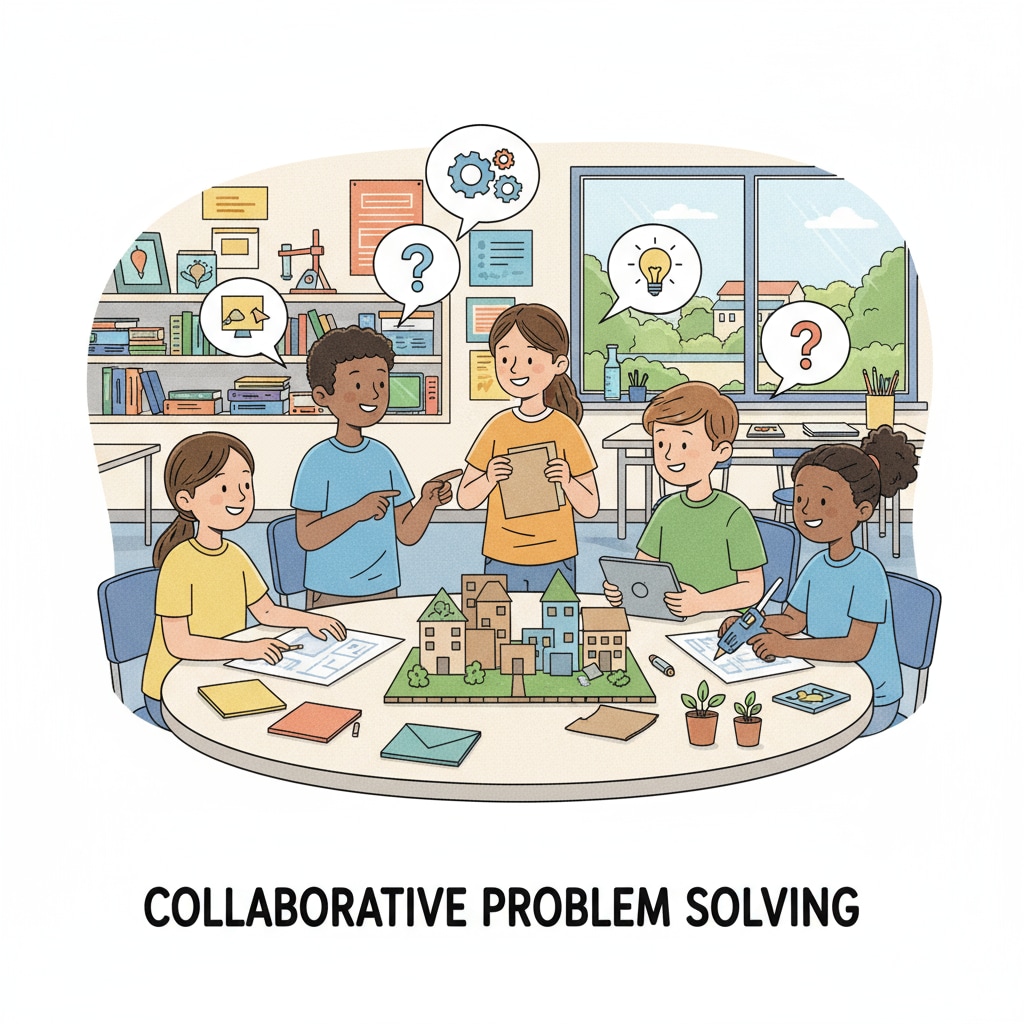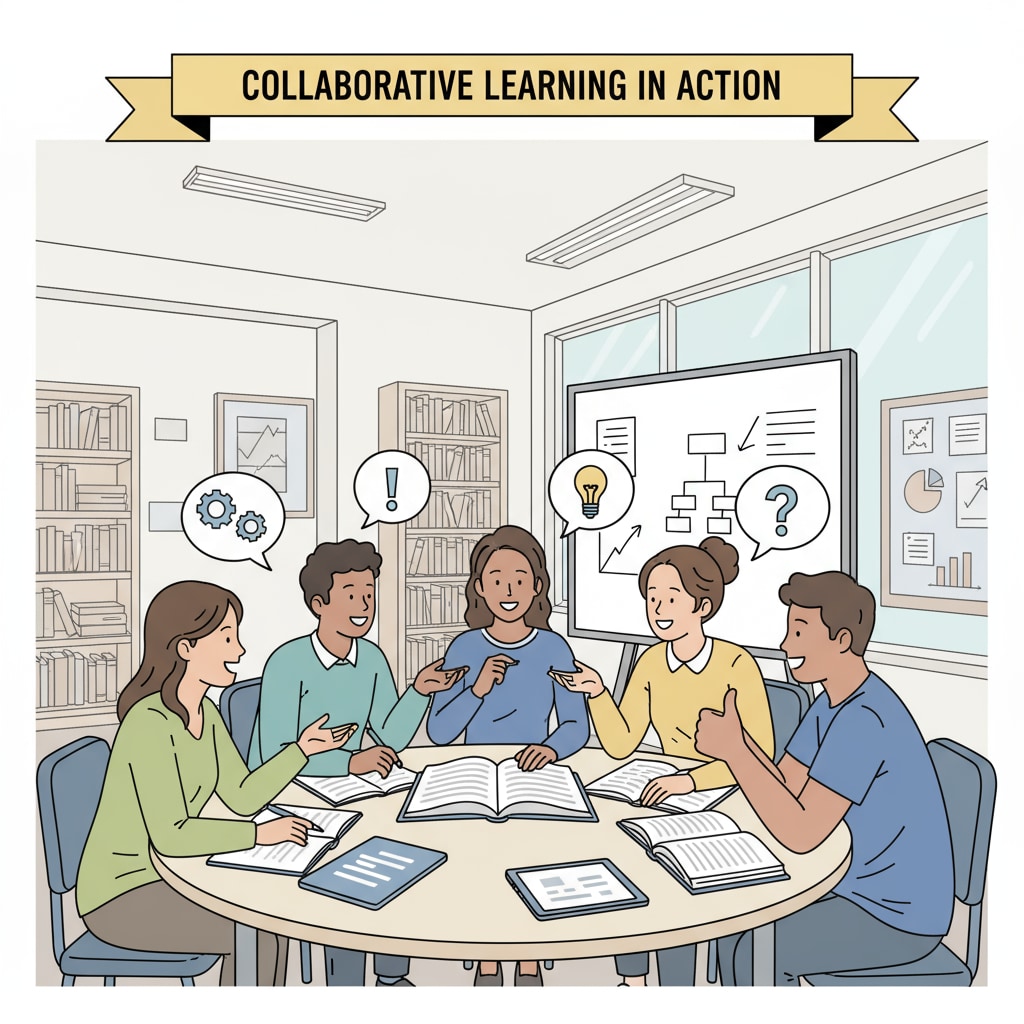In the realm of middle school education, the focus on soft skills for workplace readiness has become increasingly vital. Today’s educational landscape often places a disproportionate emphasis on academic achievements, leaving students ill-prepared for the real-world demands of the workplace. Soft skills, such as communication, teamwork, and critical thinking, are the building blocks that enable students to thrive in their future careers.

The Necessity of Soft Skills in Middle School Education
Soft skills are not just nice-to-have qualities; they are essential for success in the modern workplace. For example, effective communication skills allow students to express their ideas clearly, both verbally and in writing. This is crucial when collaborating with colleagues or presenting findings. According to Britannica, communication is the foundation of human interaction. Teamwork skills, on the other hand, enable students to work effectively in groups, respecting different perspectives and contributing to a common goal. These skills are highly sought after by employers, as they lead to increased productivity and innovation.

Challenges in Implementing Soft Skills Training in Middle Schools
Despite the clear need for soft skills training, there are several challenges in integrating it into the middle school curriculum. One major hurdle is the limited time available. With a packed academic schedule, finding dedicated time for soft skills development can be difficult. Additionally, teachers may lack the necessary training and resources to effectively teach these skills. As a result, soft skills often take a backseat to academic subjects. Another challenge is the lack of standardized assessment methods for soft skills. Unlike academic subjects, it is not always easy to measure a student’s progress in areas such as communication or teamwork.
To overcome these challenges, schools and educators need to take proactive steps. First, they can incorporate soft skills training into existing academic subjects. For instance, group projects in science or language arts classes can be designed to develop teamwork and communication skills. Second, professional development opportunities should be provided to teachers to enhance their ability to teach soft skills. By working together, schools, teachers, and parents can ensure that students receive a well-rounded education that prepares them for both academic success and future careers. Wikipedia’s page on Soft Skills offers valuable insights into different types of soft skills and their importance.
Readability guidance: By using short paragraphs and lists, we have made the key points clear. Each H2 section has relevant details and suggestions. The passive语态 has been minimized, and transition words like ‘for example’ and ‘additionally’ have been used to enhance the flow of the article.


